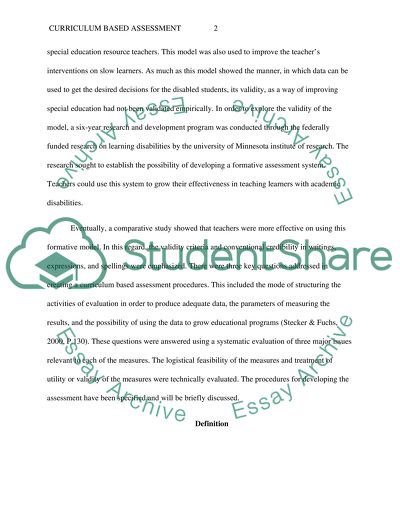Cite this document
(“Curriculum Based Assessment Research Paper Example | Topics and Well Written Essays - 3000 words”, n.d.)
Retrieved from https://studentshare.org/education/1494177-curriculum-based-assessment
Retrieved from https://studentshare.org/education/1494177-curriculum-based-assessment
(Curriculum Based Assessment Research Paper Example | Topics and Well Written Essays - 3000 Words)
https://studentshare.org/education/1494177-curriculum-based-assessment.
https://studentshare.org/education/1494177-curriculum-based-assessment.
“Curriculum Based Assessment Research Paper Example | Topics and Well Written Essays - 3000 Words”, n.d. https://studentshare.org/education/1494177-curriculum-based-assessment.


